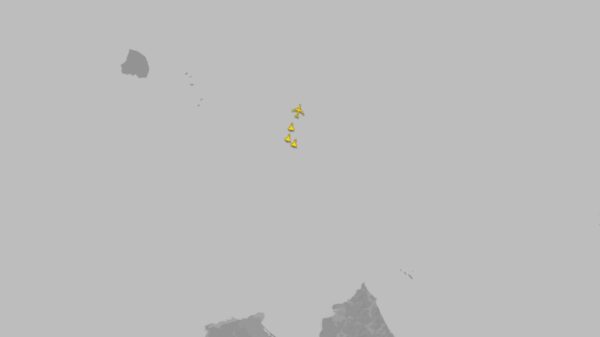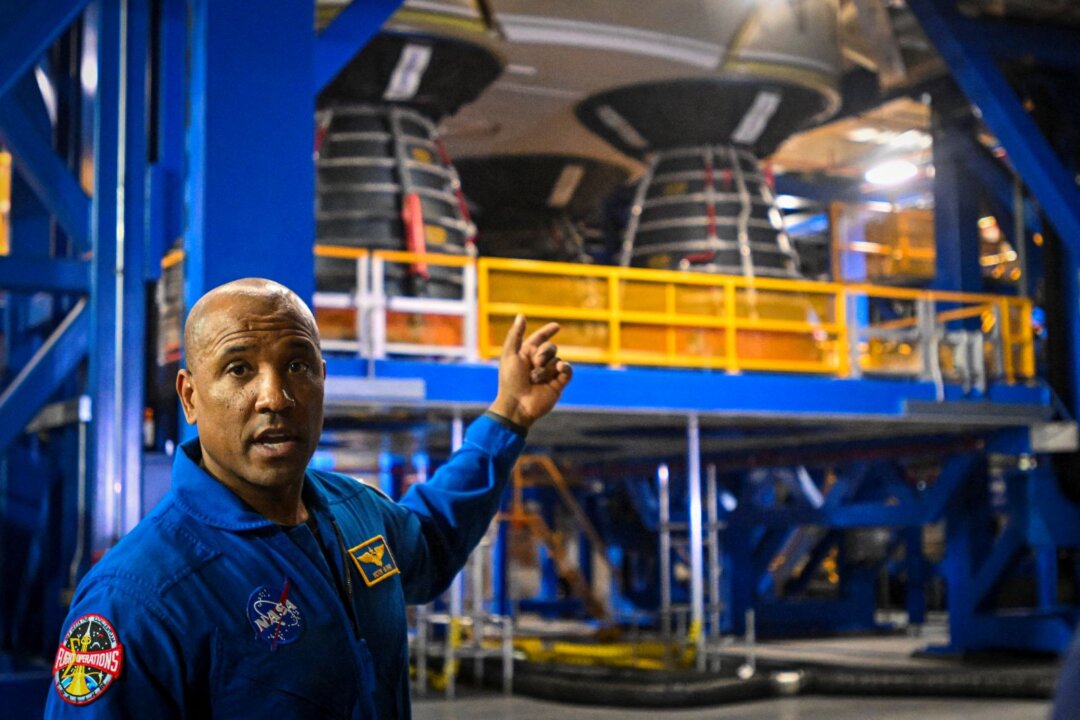NASA has announced that the launch of the Artemis II mission, which aims to conduct a flyby of the Moon, could take place as early as the first week of February 2026. This information was shared by Lakiesha Hawkins, the acting deputy associate administrator for the Exploration Systems Development Mission Directorate, during a press conference at the Johnson Space Center in Houston, Texas.
While no specific launch date was confirmed, Hawkins indicated that the launch window might open on February 5, 2026. She emphasized that the exact timing will depend on the progress of the necessary preparations leading up to the launch. “Right now, that window could open as early as the fifth of February,” Hawkins stated.
Once the first launch window is open, Artemis II will have multiple “launch periods” each month. These periods will last between four to eight days, depending on the Moon’s position relative to Earth. This flexibility allows the mission to potentially take advantage of optimal launch conditions.
The Artemis II mission is a significant step in NASA’s broader Artemis program, which aims to return humans to the Moon and establish a sustainable human presence there by the end of the decade. This mission will carry astronauts around the Moon and is designed to pave the way for future lunar exploration.
Hawkins noted that there is also the possibility of an evening launch, which could enhance the mission’s visibility. The Artemis program represents not only a return to lunar exploration but also a broader ambition to prepare for future human missions to Mars.
As preparations continue, NASA remains focused on ensuring all systems are ready for the historic mission. With Artemis II, the agency aims to demonstrate its capabilities and gather valuable data that will inform subsequent missions. The excitement surrounding the program reflects a renewed global interest in space exploration, with many looking forward to the next chapter in human spaceflight.





































































